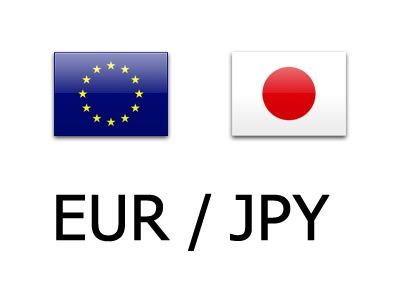The bond market has cast its verdict on the FOMC decision and it’s a hawkish one.
Powell’s comment that it was a ‘risk management cut’ is really the tell as it indicates that he is in no rush to follow the 125 basis points of cuts that was priced into the July 2026 curve before yesterday’s rate cut decision.
That has bonds selling off, led by the long end. US 30-year yields are up 6.3 bps to 4.73%. It’s the first significant rise in the long end since the start of the month.
Shorter-dated notes are also moving up with 2s higher by 4 bps to 3.58%. That’s helping to boost the US dollar across the board. The dollar index briefly fell to the lowest since 2022 yesterday but has bounced strongly and is now flat on the week.
One of the things that I believe the FX market is factoring in is the preservation of Fed independence. That started with the court-ordered stay on the firing of Lisa Cook but was driven home by the votes of Waller and Bowman. Both supported 25 bps cuts but didn’t dissent like new Governor Stephen Miran for 50 bps. Their dot plots also didn’t follow the 50, 50, 50 path of Miran.
That push-back from Waller and Bowman indicates that they won’t be pulled into the camp of Fed voters who are beholden to the President, which is something that should help to combat inflation and preserve the value of the US dollar.
This article was written by Adam Button at investinglive.com.




